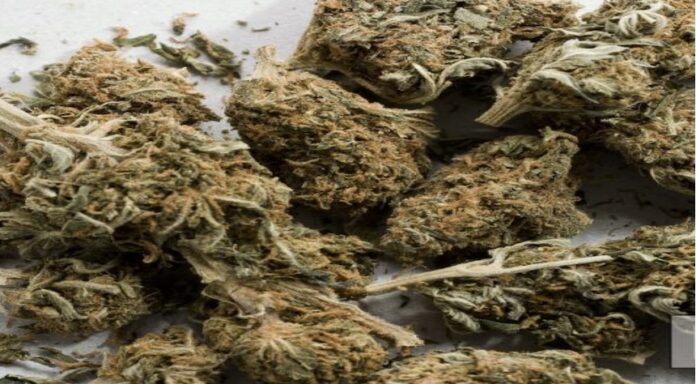According to an analysis conducted by Quest Diagnostics – one of the largest drug testing labs in the U.S. – the number of employees who test positive for marijuana in workplace drug tests is at a 25-year high.
Quest’s general workforce test for marijuana in 2022 included more than 6,000,000 tests. Of these, 4,3% were positive. This is an increase of 3.9% over the previous year.
Since 2012, more than 7% (or 7,000) of all drug tests conducted after workplace accidents have come back positive for marijuana.
In 2022 the percentage of employees testing positive for marijuana after an accident on the job rose to 7.3%. This is an increase of 9.0% compared to last year. In the period from 2012 to 2022, there was a 200% increase in marijuana-positive post-accident tests.
The federal government has not legalized the use of cannabis for recreational or medical purposes.
The U.S. Drug Enforcement Administration has classified marijuana as Schedule I, which means it is a substance with a high abuse potential and that there are no medical uses for it in the U.S.
Seth Berenzweig is an employment lawyer who said that companies must consider safety standards, legal issues, and the best way to retain employees in this tight labor market. Businesses must also be aware of the fact that laws and policies governing employees who work remotely may differ from one state to another.
Berenzweig stated that it is more important than ever for companies to find a balance between the fact that they want a safe workplace and clear policies and that this must be done in an HR-friendly way in order to ensure that the rules of the road are in place.
Quest Diagnostics data shows that the rate of positive drug test results, pre-employment or on-the-job, is the highest in the last 20 years.
Amphetamines were also detected in screenings, even though marijuana was the primary driver for the increase in positive drug tests. According to Quest, positive amphetamine tests rose from 1.3% to 1.5% by 2022. The data does not differentiate between prescription medications and illicit drugs.
According to data, the positivity rates of certain classes such as opioids and barbiturates declined in 2022.










